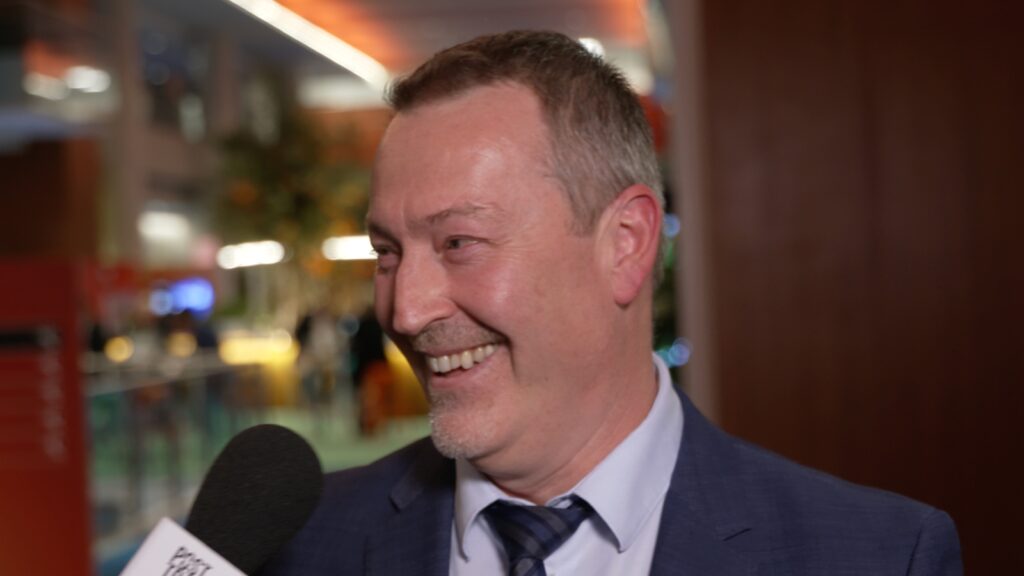VIDEO INTERVIEW | As the deputy director general at the directorate for market infrastructures and payments of the European Central Bank (ECB), Dimitri Pattyn is responsible for the bank’s Target systems, including TARGET2-Securities (T2S) and the upcoming Eurosystem Collateral Management System (ECMS). He meets PostTrade 360° at Sibos for an 11-minute interview that gives a good sense of the context – as Finland has just gone live on the T2S platform and we approach 2024.
“I don’t have the exact figures but we have around 1,000 counterparties that are connected to local management systems across Europe,” Dimitri Pattyn shares. He considers this “quite a large community” – the size of which is just one of the challenges in the implementation of ECMS, which is currently in its testing phase.
The benefits are clear if implementation is successful and it can be summarised with one word: harmonisation. Dimitri Pattyn elaborates, “If you look at the landscape today, we have, in the eurozone, 20 local management systems individually operated by central banks. The purpose of ECMS is to put all of that together on one single platform covering all the activity within the Eurosystem.” Any changes, for example in monetary policies, can be “implemented once and it will be applicable in one go to all central banks across the eurozone”.
Operations will also become simpler for the counterparties that “have assets they want to mobilise to get credit for other activities”, because they will only have to “connect once to ECMS”.
Coincidentally, this overlaps with another area of Dimitri Pattyn’s responsibilities: T2S. If the above mentioned counterparties also happen to be using the Target services, they will be using “the same unified gateway” that is used across the services.
But while harmonisation is currently top-of-mind for players in the industry, Dimitri Pattyn sees benefits beyond that for those who get on board with T2S. “We are in a business where economies of scale are really important,” he says, revealing that Finland’s recent migration to the system involved 2.3 million accounts. In addition to economies of scale, he points out that achieving and maintaining cyber resilience has become increasingly costly. “The possibility of joining a system and mutualising those costs has a tremendous benefit for everyone.”
The outliers
In the Nordics, Finland’s move makes Sweden stand out as increasingly exceptional, as an EU nation that has not yet committed to joining T2S. This said, some long-term ambition to join has been expressed on stage at PostTrade 360° Stockholm conferences as covered here, in 2022, and here, in 2023.
“I personally see merits in the Swedish community joining T2S,” Dimitri Pattyn concludes.
Norway, being outside the EU but aligned with its regulations through its membership of the European Economic Area, is also not a T2S participant. (Some positive attitudes on the side of Norwegian actors are reflected after the 30:35 time mark in this video from PostTrade 360° Oslo 2023.) Thus, the four large Nordic nations are currently split between Denmark and Finland, who are on the platform, versus Sweden and Norway, who are not.
Sibos 2023 played out in Toronto from 18 to 21 September, with about 9,000 registered delegates. We were there, producing mainly video interviews, but also some text pieces. Overview our coverage here.












